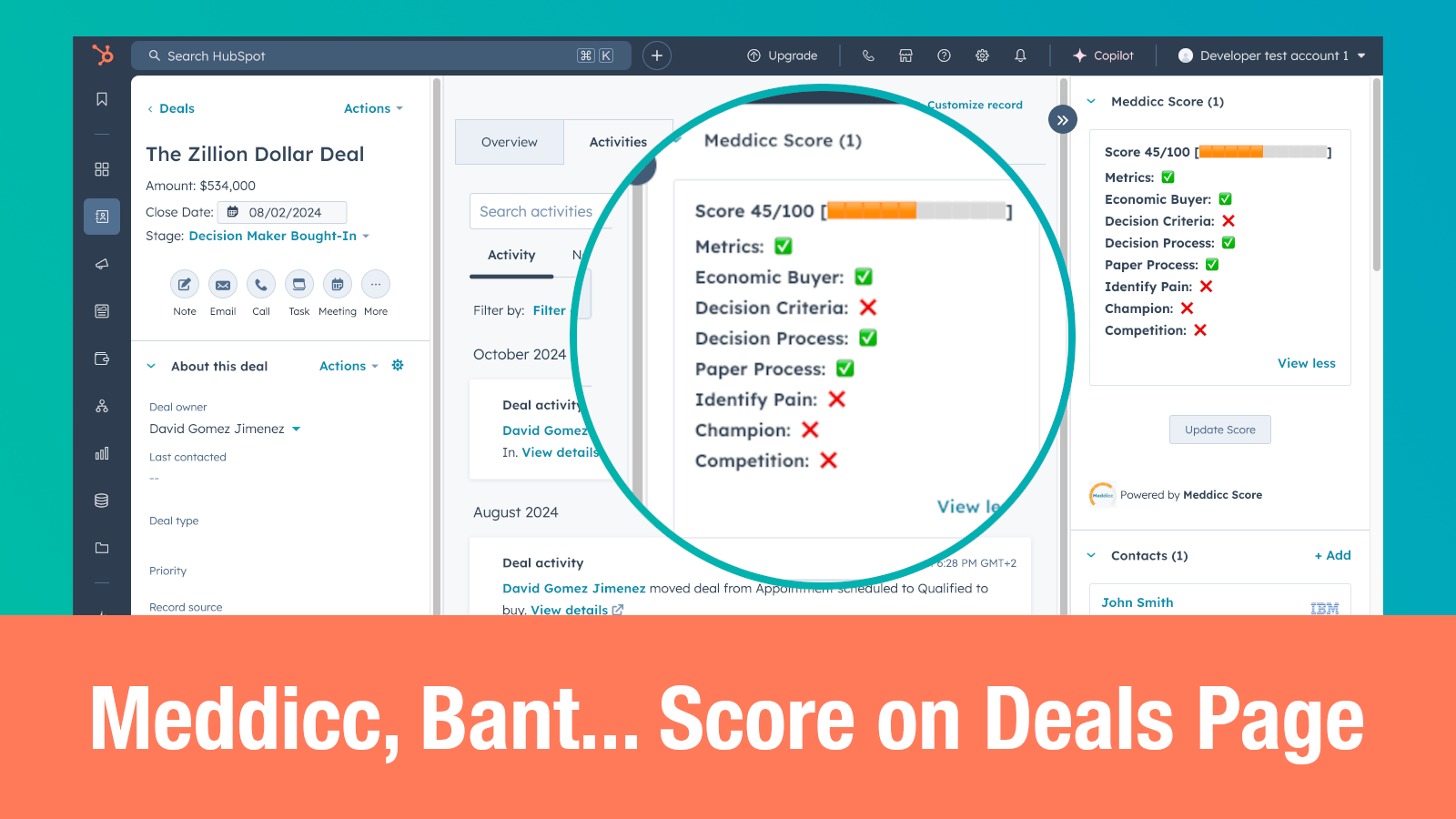How HubSpot CRM Uses Sales Technology to Streamline Sales
The modern sales landscape is fast-paced and ever-evolving, making it crucial for businesses to adopt advanced tools to stay competitive. HubSpot CRM has emerged as a leading sales technology solution, helping organizations streamline sales processes, increase productivity, and ultimately drive revenue growth. In this post, we’ll explore how HubSpot CRM leverages technology to transform your sales workflow, ensuring your team achieves its targets efficiently.
What Is HubSpot CRM?
HubSpot CRM is a powerful customer relationship management platform designed to help businesses organize, track, and nurture their leads and customers. It offers a suite of tools for sales, marketing, and customer service, all integrated into one easy-to-use system. The platform is known for its user-friendly interface and flexibility, making it suitable for startups and established enterprises alike.
Key Features That Streamline Sales with HubSpot CRM
1. Centralized Database
With HubSpot CRM, all your customer data is stored in a single, searchable database. Sales reps can easily access contact details, track interactions, and view deal histories—saving time and reducing errors from data silos.
2. Automated Sales Tasks
Repetitive tasks, such as follow-up emails or data entry, can bog down your sales team. HubSpot CRM automates these tasks, freeing up more time for reps to focus on building relationships and closing deals.
3. Pipeline Management
Visual pipelines allow you to monitor deals at every stage. The drag-and-drop interface makes it simple to update deal statuses and quickly spot bottlenecks, helping you streamline sales management.
4. Email Integration & Tracking
HubSpot CRM integrates seamlessly with popular email clients, enabling real-time email tracking, templates, and scheduling. Sales teams receive instant notifications when a prospect opens an email, providing valuable insights for timely follow-up.
5. Reporting and Analytics
In-depth sales reports and dashboards help sales managers monitor performance, forecast revenue, and identify trends. With these insights, businesses can make data-driven decisions to optimize their sales technology stack.
Benefits of Using Sales Technology Like HubSpot CRM
- Improved Productivity: Automation and easy access to data accelerate sales cycles.
- Better Collaboration: Centralized information helps marketing, sales, and support teams work together efficiently.
- Increased Personalization: Advanced segmentation and tracking lead to more relevant outreach.
- Scalability: As your business grows, HubSpot CRM adapts, supporting more contacts and advanced workflows.
Getting Started with HubSpot CRM
Implementing HubSpot CRM is straightforward:
- Sign up for an account (free and paid options available).
- Import your contacts and sales data.
- Customize pipelines and workflows to match your sales process.
- Integrate with other tools you use (Gmail, Outlook, Slack, etc.).
- Train your team to ensure everyone benefits from new features and automations.
Conclusion
Adopting sales technology like HubSpot CRM is no longer a luxury—it’s a necessity for businesses aiming to streamline sales and stay ahead in a competitive landscape. With its robust features, easy-to-use interface, and powerful automation, HubSpot CRM empowers your team to close more deals, faster.
Ready to transform your sales process? Discover how HubSpot CRM can help you unlock new levels of efficiency and growth today.




